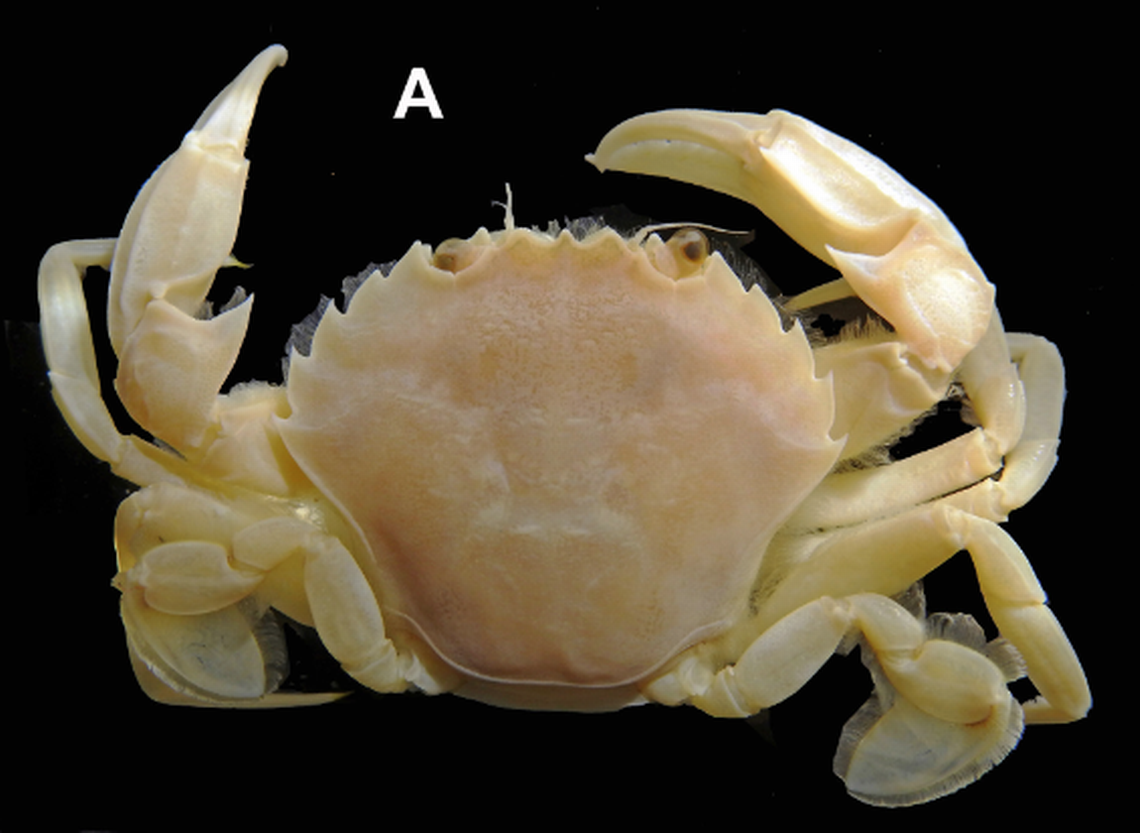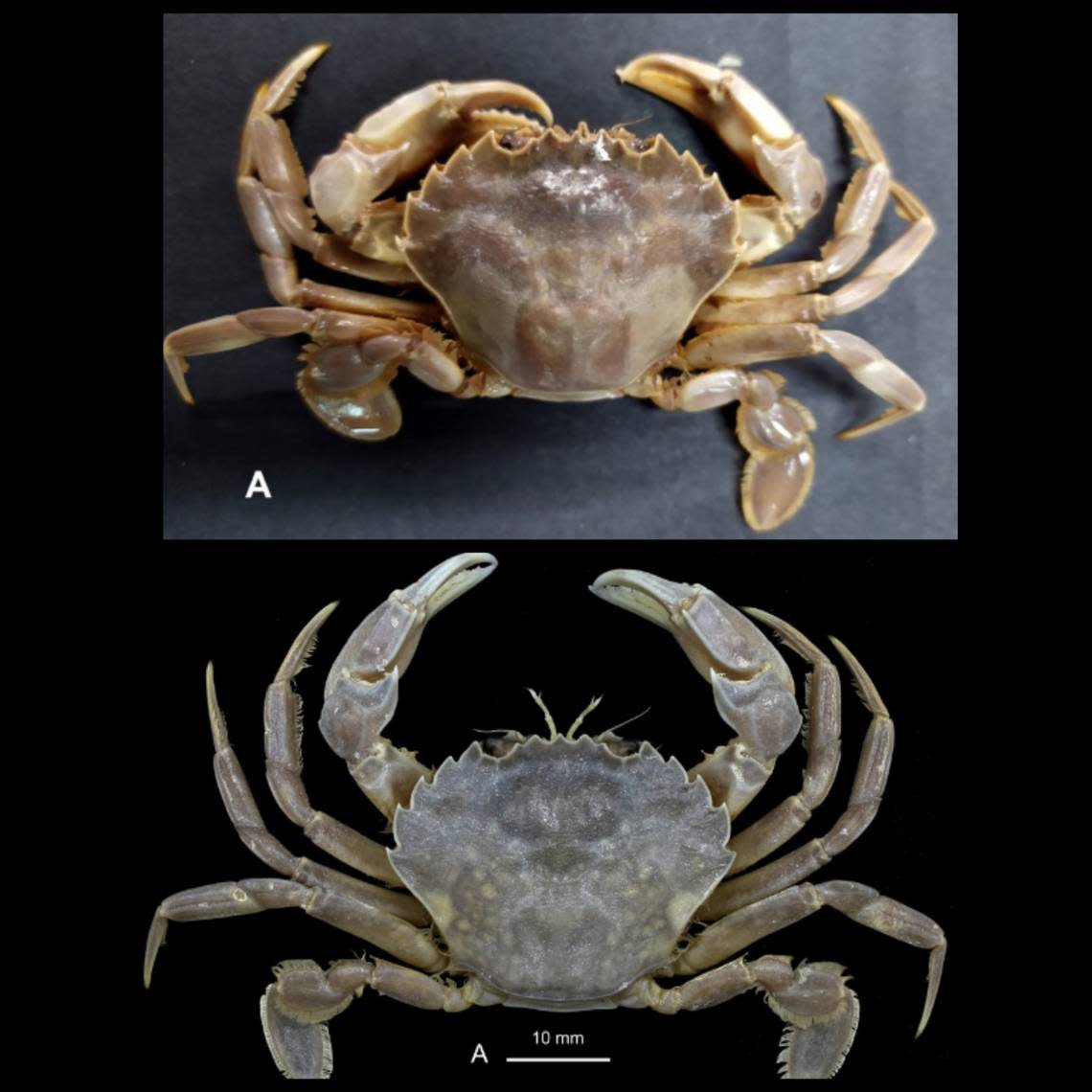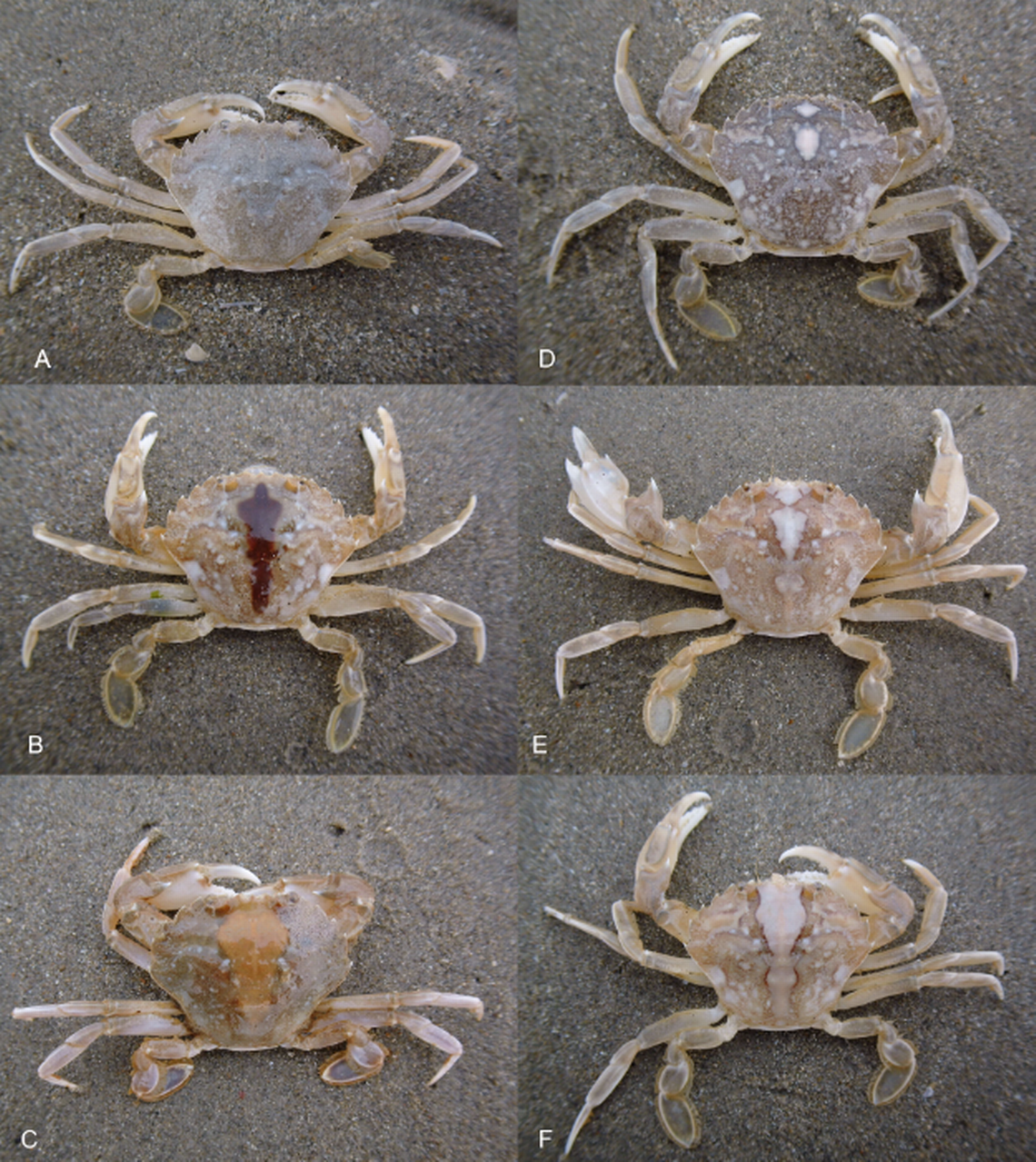Clawed creature — ‘speckled’ and ‘marbled’ — found off Spain coast. It’s a new species
Below the ocean surface off the coast of Spain, the sand on the seafloor plumes as a small crustacean scuttles across the bottom.
Two claws emerge from the cloudy water, and an off-white crab comes into focus.
From the outside, the crab looks like any other swimming crab scavenging through the fine sand.
On a genetic level, it is completely unique — and a new “cryptic” species.
Researchers from across Europe worked together to examine the genetic differences between Polybius, a group of crab species that call the East Atlantic coastlines home, and published their work on April 15 in the European Journal of Taxonomy.
Cryptic species are animals that look the same morphologically, or visually, but have different genetics. They may be related but are two separate species, the researchers said.
The crab from Spain looked like the rest of its crab genus, according to the study.

Discover more new species
Thousands of new species are found each year. Here are three of our most eye-catching stories from the past week.
→Volcanic ocean creature — with 'long' legs — discovered in Japan. It's a new species
→'Flat'-headed creature — with multicolored eyes — discovered as new species in China
→Nocturnal creature — a 'rapidly-running' predator — discovered as new species in India
When the researchers compared the crab found in Spain to others found in Germany and Belgium, it was impossible to tell just by looking at the crabs if they were the same species with color variation based on their location, or whether they were separate species entirely.
Then, the researchers analyzed their rRNA, or the genetic material contained in ribosomes used to build amino acids.
The “speckled” and “marbled” shell looked the same, but the rRNA was unique.
The new species, named Polybius dioscurus, was named after Castor and Pollux from Greek and Roman mythology, according to the study. They were twin half brothers known together in the plural Dioscuri, or singular Dioscurus. The study authors said the name represents how what may appear as one species, twins, may actually be two.
Other examples of the new species were found in Belgium, France, Morocco and Portugal living among other crabs, according to the study.
While the crab from Spain was an off-white color, another P. dioscurus from Morocco was a brown, marbled color.
Another P. dioscurus, from Belgium, was a blue-ish gray color with speckles and marbling, the researchers said.

Other specimens of the new species from Belgium had different colors, with a variety of spots, splotches and shapes on the outside of the body.

All of the crabs live in the Atlantic along the coast of Europe, according to the study, ranging from the fine sand of Morocco’s coast to the muddy bottom of the Gulf of Cádiz in Spain.
Bones of prehistoric ‘titan’ discovered in Argentina — but it may be smallest ever
Sea creature — with 170 eyes — found lurking under rock in China. It’s a new species
‘Ghostly’ creature — named after Harry Potter villain — discovered underground. See it
Clawed creature falls from tree and lands on scientist in Thailand. It’s a new species
